AARP Hearing Center
For me, traveling to Europe is like entering a storybook, given all its medieval castles, scenic mountain meadows and historic villages. To fully immerse yourself in these legendary stories, you can visit the actual destinations featured in classic novels, fairy tales and films.
“To be able to feel a sense of history or occasion when you’re standing in the location or setting of your most treasured stories is an experience many others cannot replicate,” says Mikael Mendes, travel director for Trafalgar Tours. Going to these storybook destinations, says Mendes, is “like the first time you see a loved one again, or when you meet an idol. … And to be able to do that with others feels momentous.”
“Whether exploring Salzburg, forever tied to The Sound of Music, or discovering other story-rich destinations across Europe, these places spark the imagination,” says Scott Abbott, managing director at Wilderness Travel.
The average age for Trafalgar tours is 62, with nearly half its guests between 51 and 70. Similarly, G Adventures’ Classic tours “attract the 50-plus crowd,” according to communications manager Kimberly Greiner. And 80 percent of Wilderness Travel guests are over 50, averaging 67 years of age on the Salzburg tours.
From the spooky settings of Grimms’ Fairy Tales in Germany and Dracula’s castle in Romania to the carefree childhood joy of the locales of Pippi Longstocking in Sweden and Heidi in Switzerland, here are 10 storybook destinations, some of which I’ve experienced, that may bring back treasured memories and add deeper meaning to your European trip.

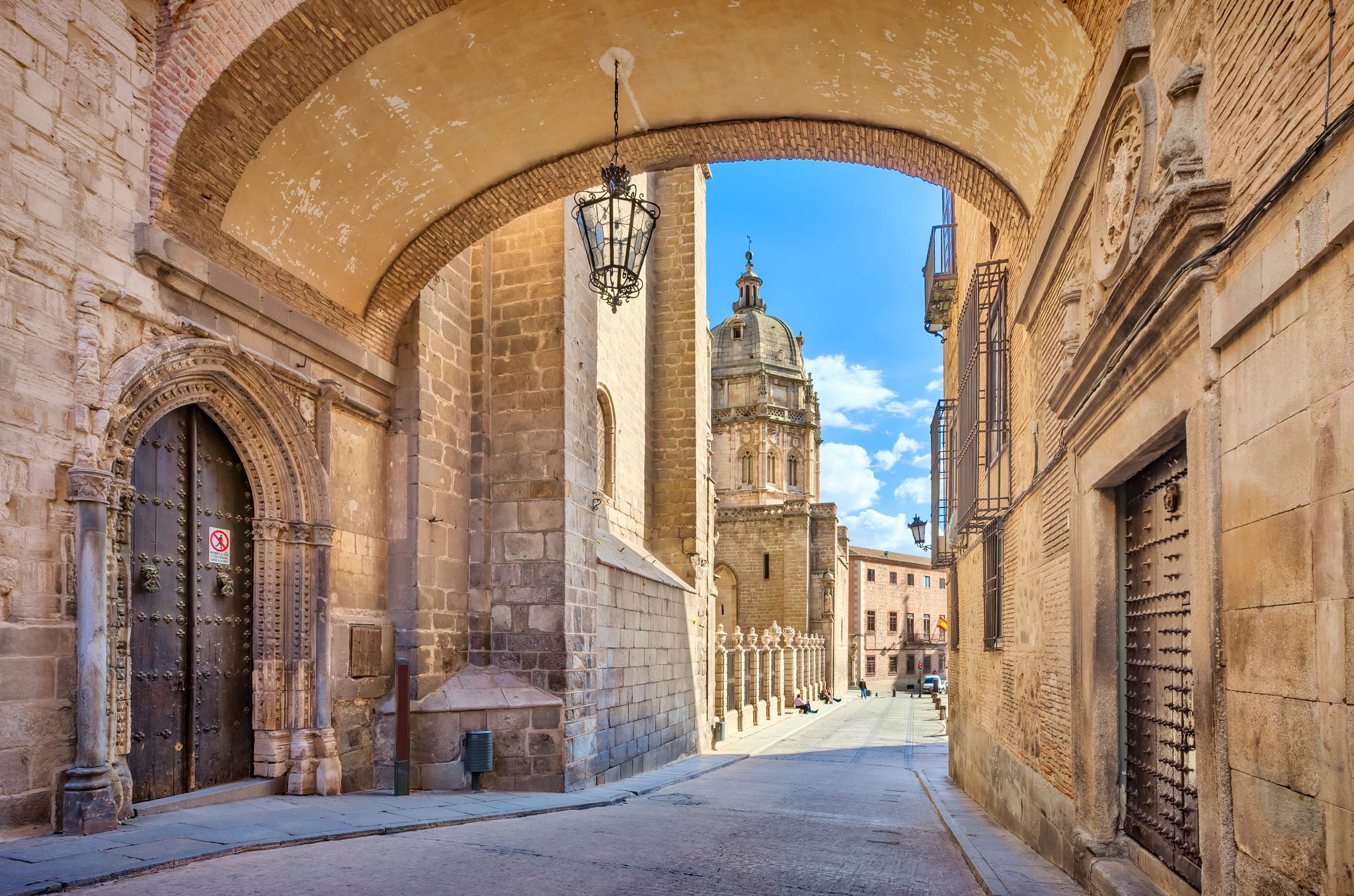
‘Don Quixote’: Castile-La Mancha, Spain
Miguel de Cervantes’ 1605 novel about delusional knight Don Quixote’s quests in Spain is a national classic. Reading the book while traveling south of Madrid, seeing windmills spinning in countryside fields and horses and cattle grazing at traditional haciendas, brought the tales to life for me and injected the story into the landscapes.
“My personal favorites involve tracing the fictional route of Miguel Cervantes’ famous protagonist, Don Quixote, through the city of Toledo and the modern Spanish region of Castile-La Mancha,” says Trafalgar’s Mendes. “We can discover small green plaques with ‘Ruta de Don Quijote’ all throughout the locations Cervantes wrote for Quixote’s now-famous adventures.”
Don Quixote fans will enjoy walking tours in the old town of Toledo as well as souvenir shops packed with book-related merchandise. I enjoyed strolling Toledo’s cobblestone streets on a quiet early morning amid centuries-old stone buildings, imagining I was back in Cervantes’ time.

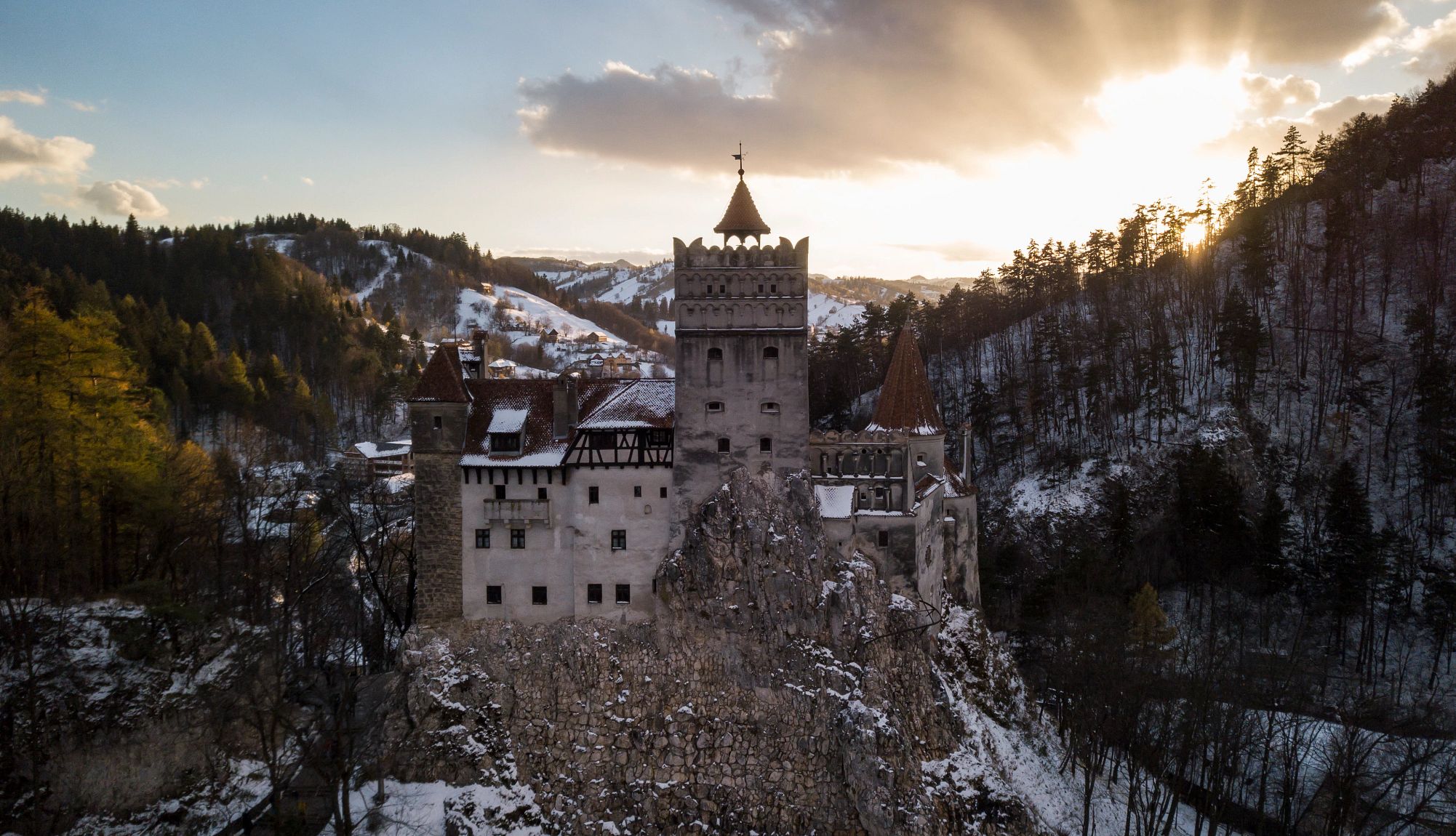
‘Dracula’: Bran Castle, Transylvania, Romania
Bram Stoker’s 1897 horror novel launched the vampire-story genre with its creepy tale set in Transylvania, Romania. Nowadays, visitors flock like swarms of bats to Romania’s Bran Castle, the towering 14th-century Gothic fortress linked to the infamous Vlad Dracula, “the Impaler,” who is said to have inspired the story.
Bran Castle tours can be crowded, so consider expanding beyond the prime storybook spot. For example, a tour with G Adventures in Romania “is not just Bran Castle, it’s Brasov, with its historic center that goes back to the Middle Ages,” says Yves Marceau, G Adventures’ vice president of product. “It’s also Peles Castle; while not as old as Bran, its architecture very much invokes that feeling of being in a fairy tale.”

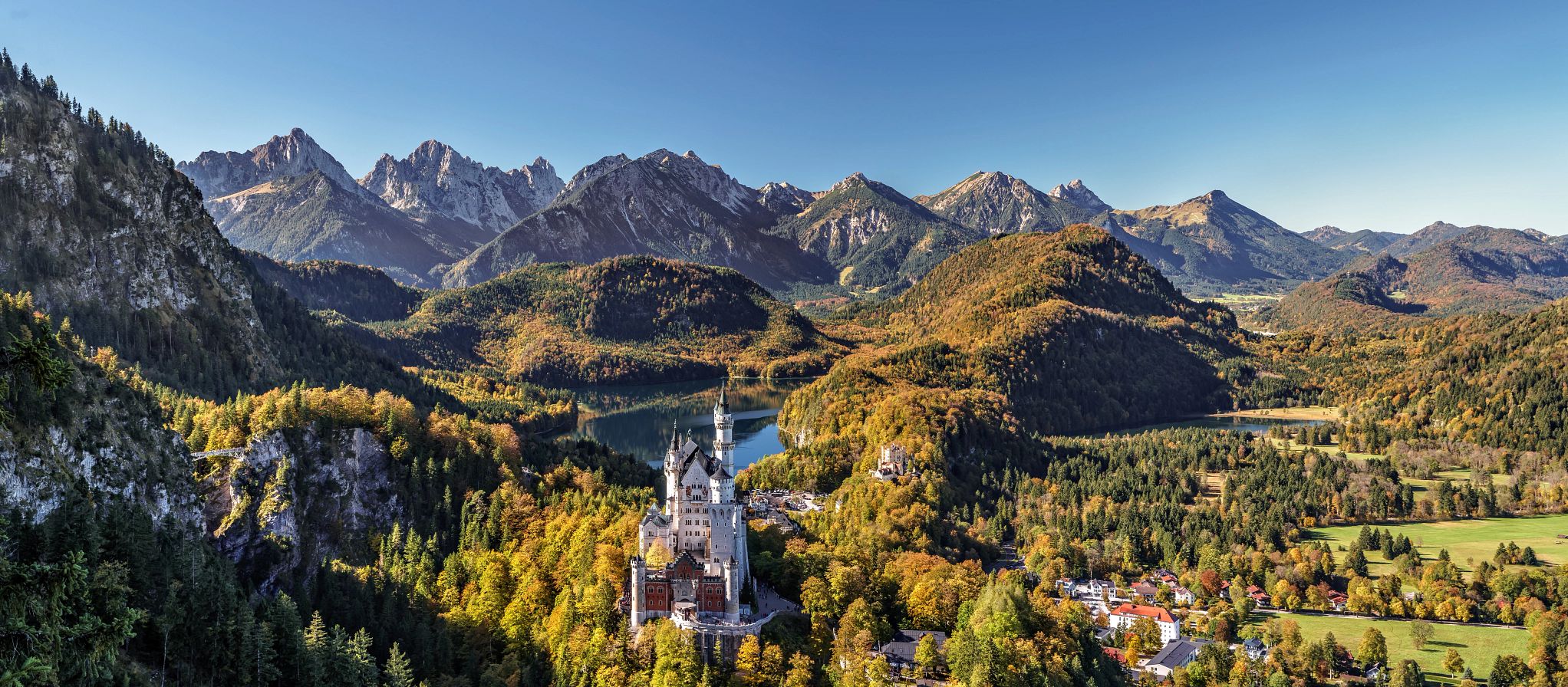
‘Grimms’ Fairy Tales’: Bavaria, Germany
From “Snow White” to “Hansel and Gretel,” Grimms’ Fairy Tales have been entertaining kids and adults since the early 19th century. For the past 50 years, readers have been able to tour dozens of story sites along the 372 miles of Germany’s Fairy Tale Trail. I’ve walked trails in a thick Bavarian forest, and the gnarled tree branches seemed ready to reach out and grab me; it felt like I was pages deep into one of Grimm’s scary tales.
The Fairy Tale Trail covers about 70 towns and cities, including Bad Wildungen (“Snow White”), the tower in Trendelburg (“Rapunzel”) and Hameln (“The Pied Piper”). Eighty different tour operators guide visitors there; you can also download self-guided itineraries from Germany’s tourism website.
“The German Fairy Tale Route represents a romantic image of Germany, with local culture and traditions, castles, half-timbered towns and beautiful natural landscapes,” says Liv Boeing of the German National Tourist Board. “Typical visitors include families or grandparents traveling with their grandchildren.”

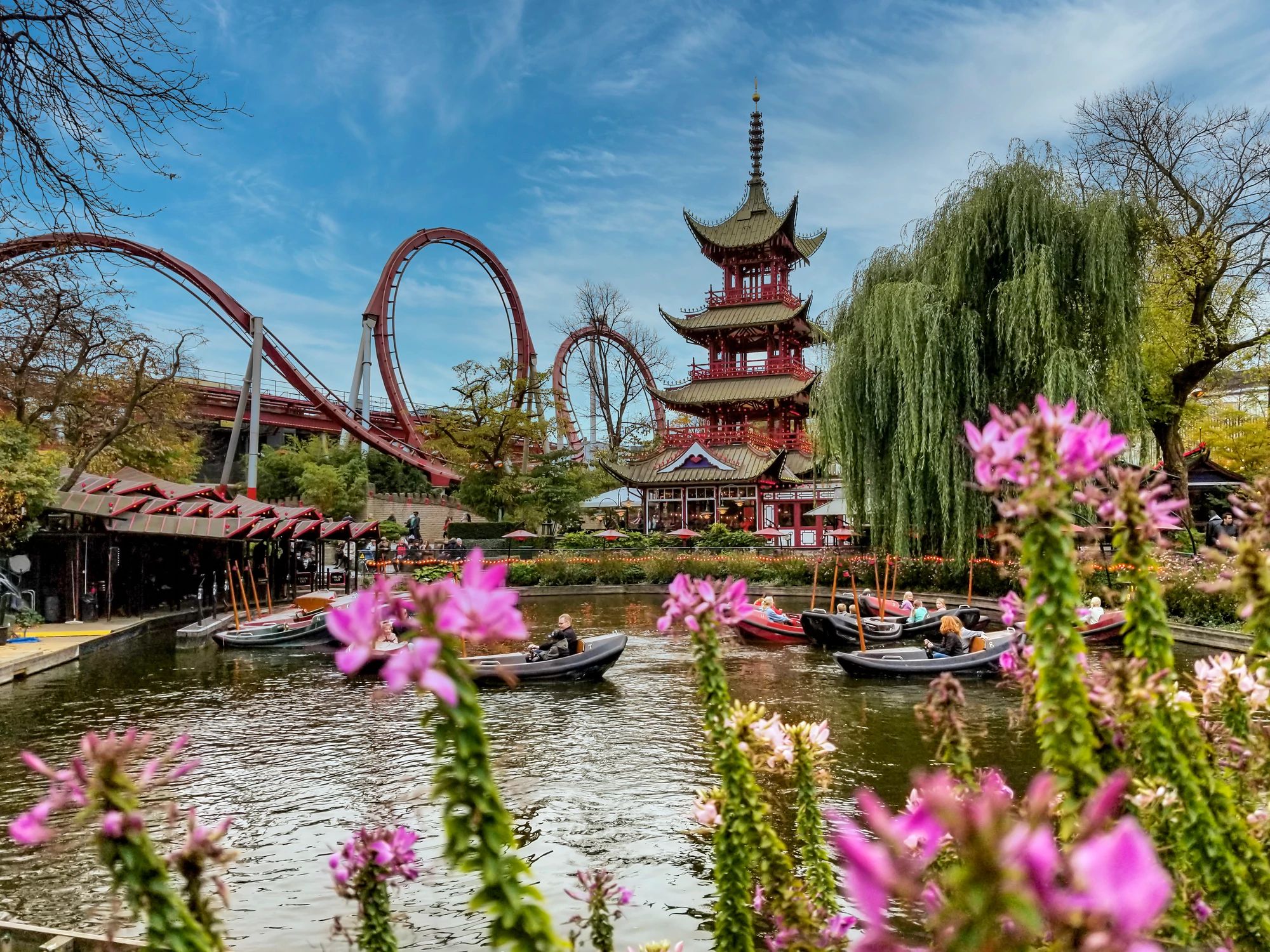
Hans Christian Andersen’s Fairy Tales: Tivoli Gardens, Copenhagen, Denmark
Hans Christian Andersen visited Copenhagen’s Tivoli Gardens upon its 1843 opening and was so inspired by the Chinese pavilion that he used it as a model for the emperor’s palace in his story “The Nightingale,” which was published in 1844.
The park has embraced Andersen’s stories since then and created many themed attractions, such as The Flying Trunk, a ride through scenes from 32 of his fairy tales.
I’m not much into rides but thoroughly enjoyed strolling through Tivoli, admiring the park’s twinkling lights on trees and classic pavilions, imagining myself back in Andersen’s day, and thinking up a few fanciful tales myself after sampling beer and wine from the park’s many stalls. Perhaps you will find your own creative inspiration, as Walt Disney did after his park visits in the early 1950s, prior to designing Disneyland.

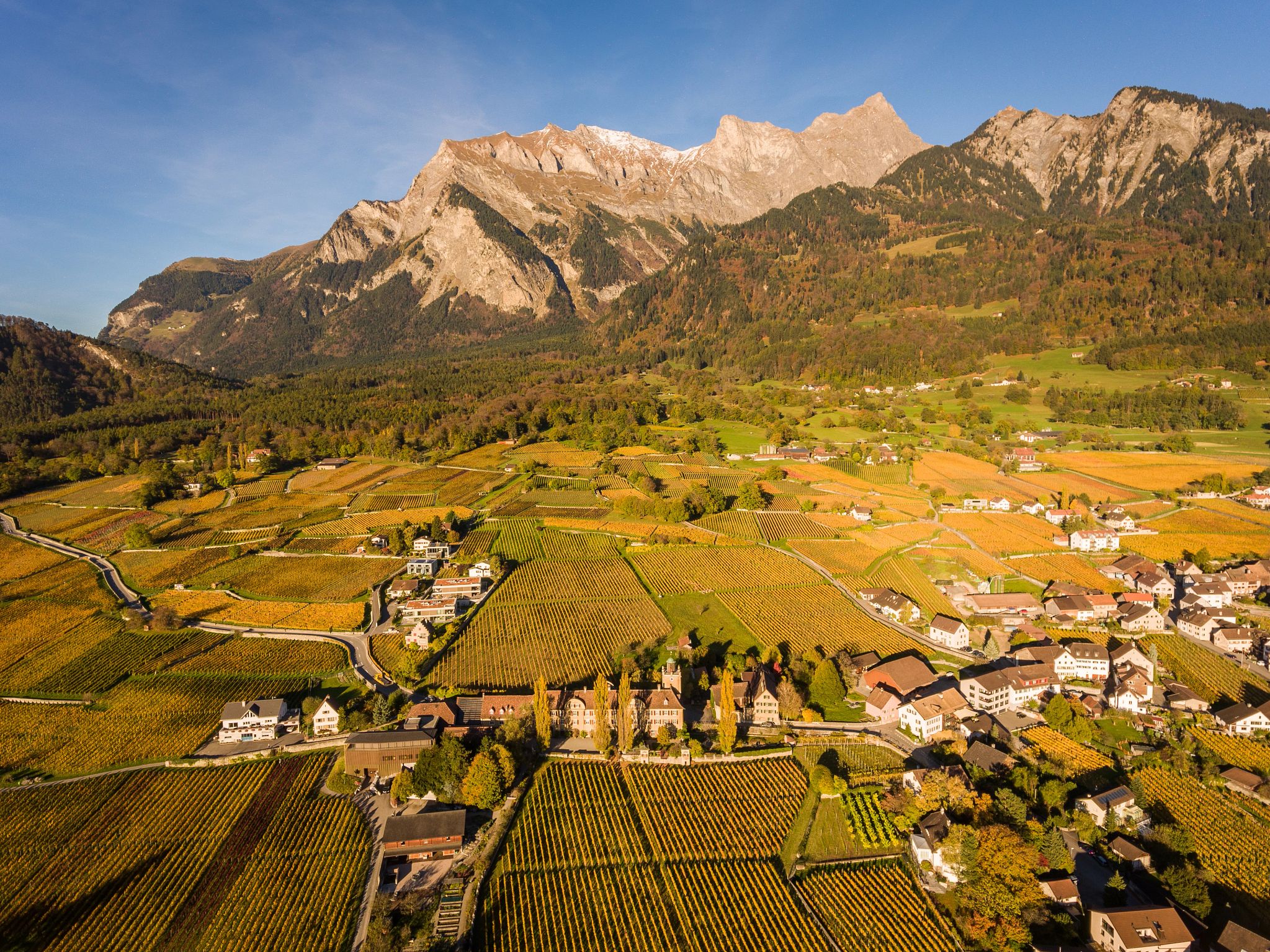
‘Heidi’: Heididorf, Switzerland
Johanna Spyri’s classic children’s book is set in the Swiss Alps of the 1880s. On my hikes through the surrounding area, I’ve marveled at the wood-framed village housing and bell cows plodding along trails beneath snowcapped peaks — scenes straight out of Heidi. If you’re looking for an even fuller immersion, visit Heididorf (“Heidi’s Village”), about 60 miles from Zurich.
































































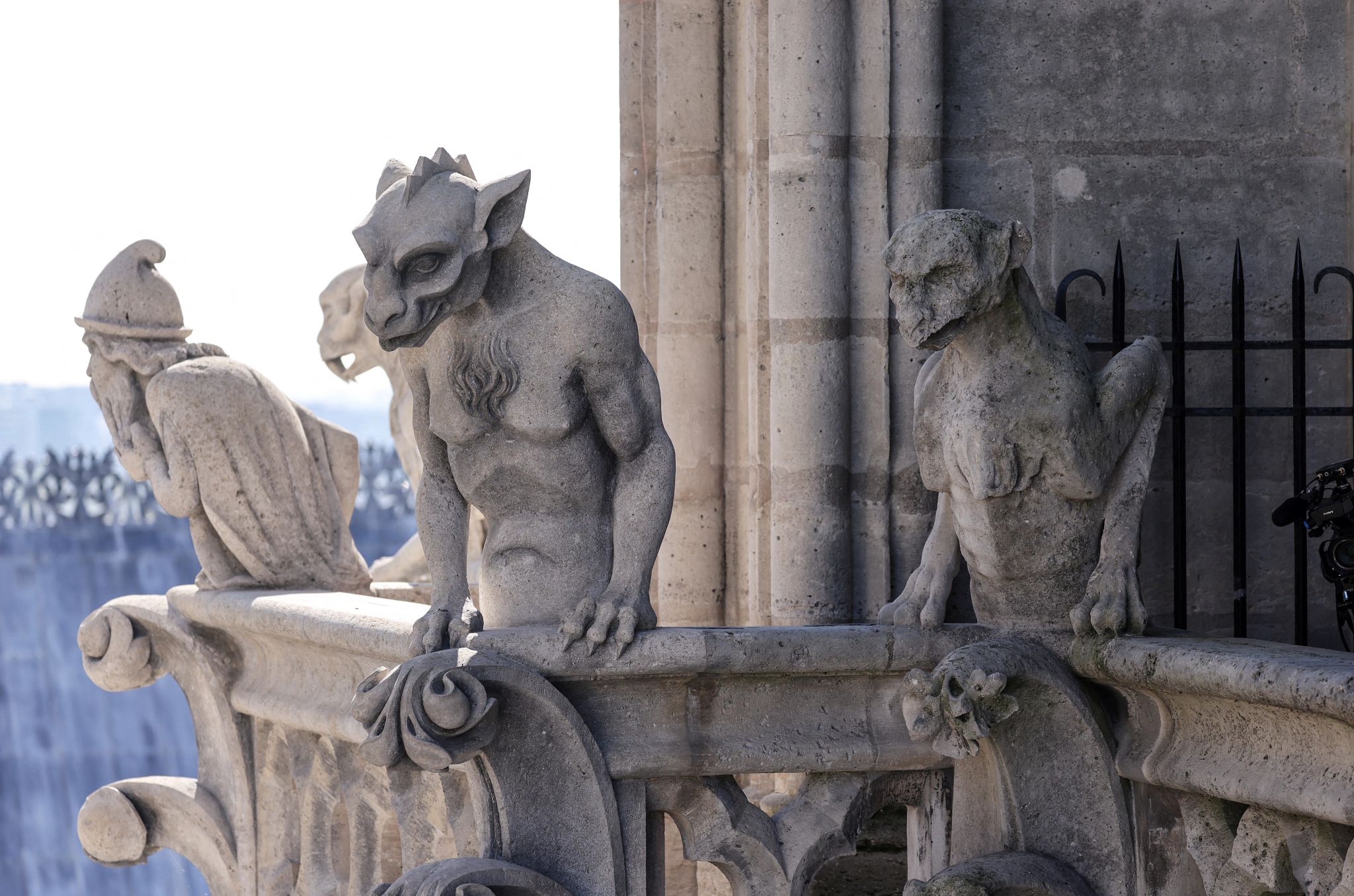
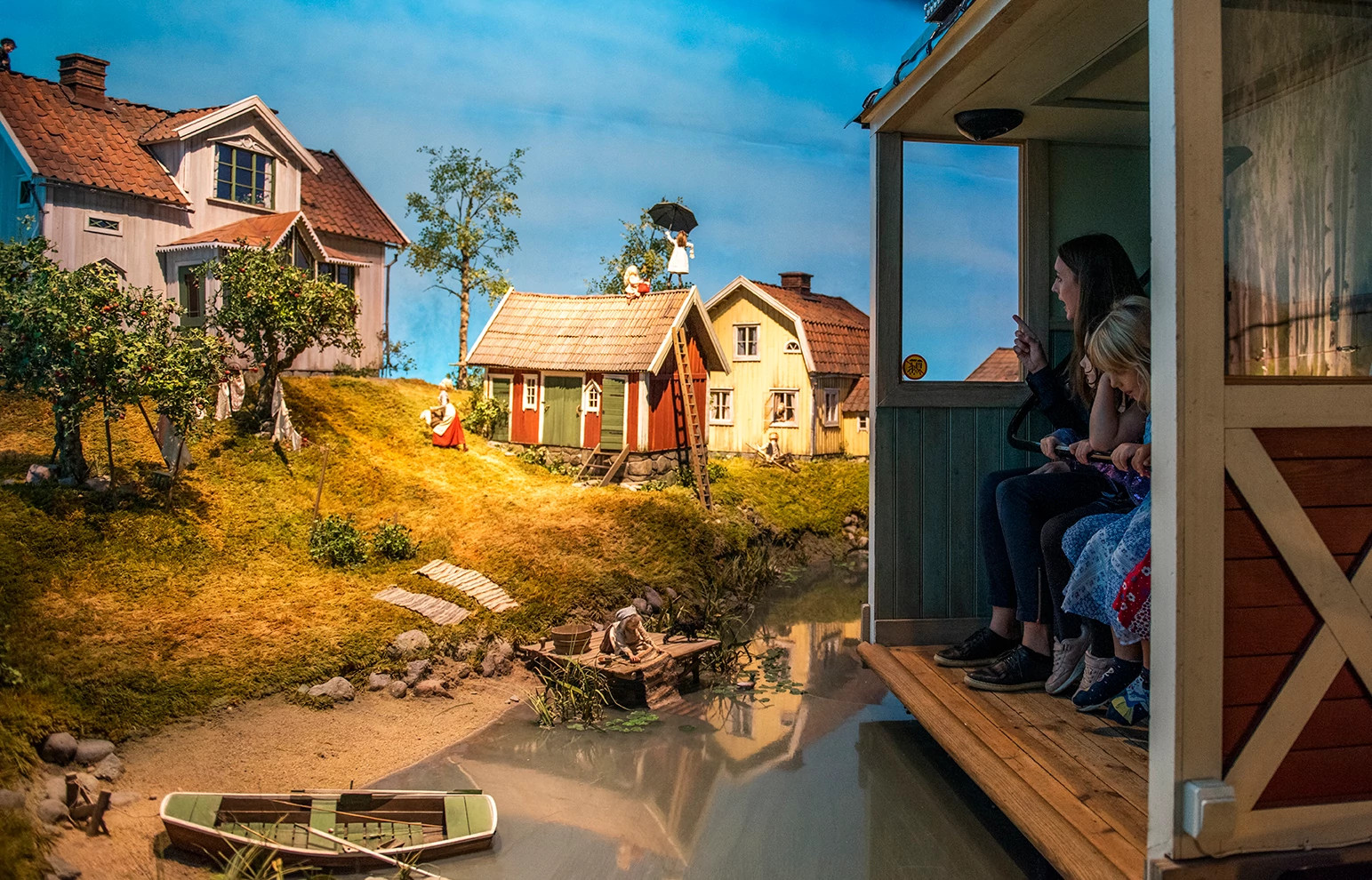.jpg?crop=true&anchor=0,4&q=80&color=ffffffff&u=k2e9ec&w=1543&h=981)
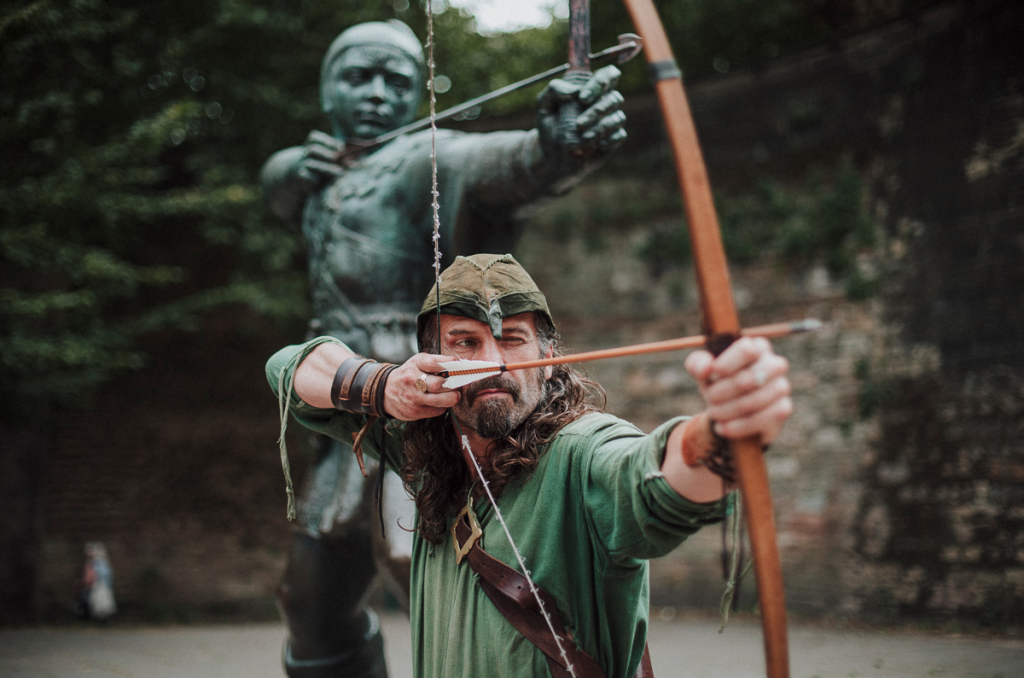
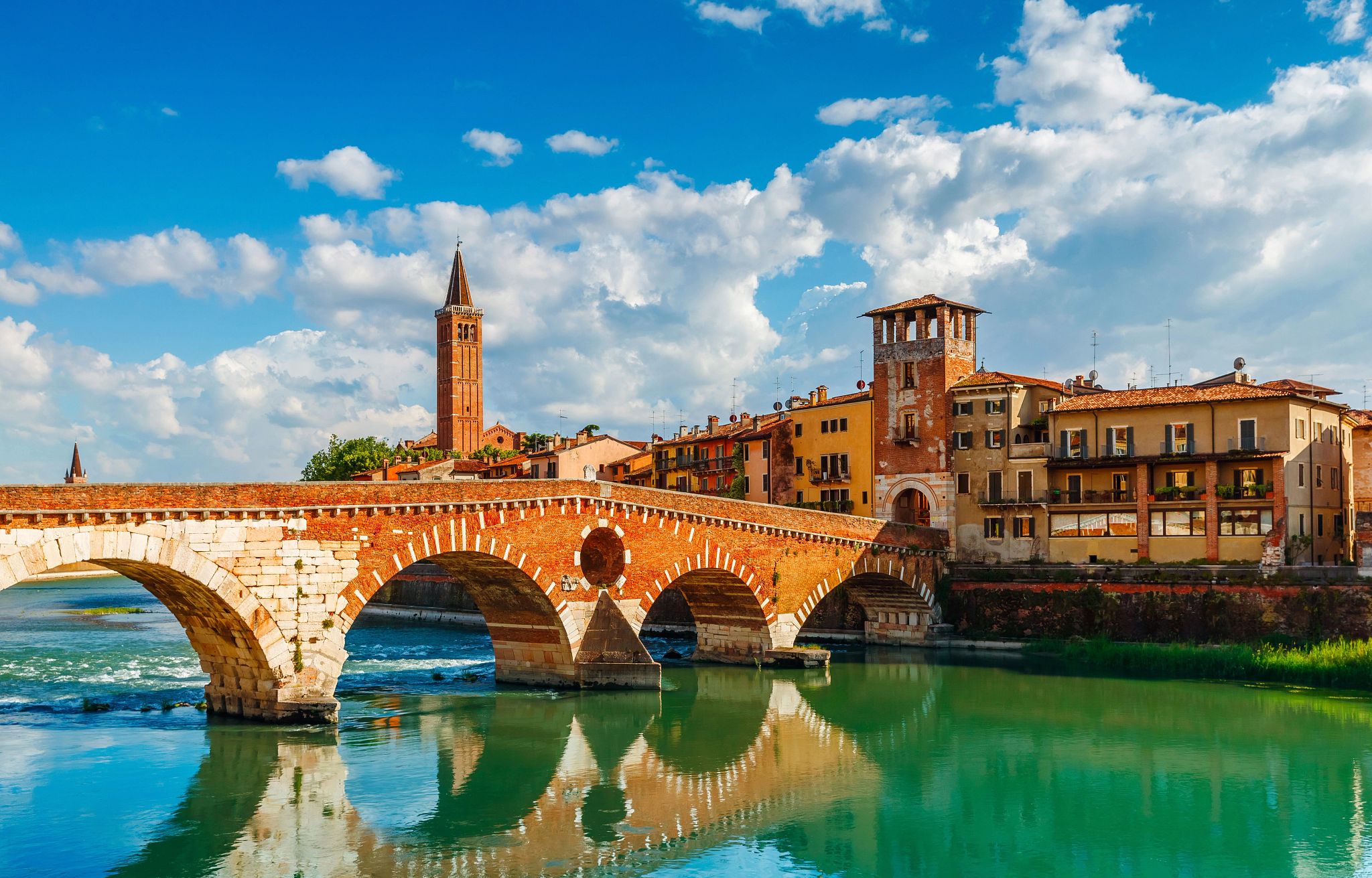
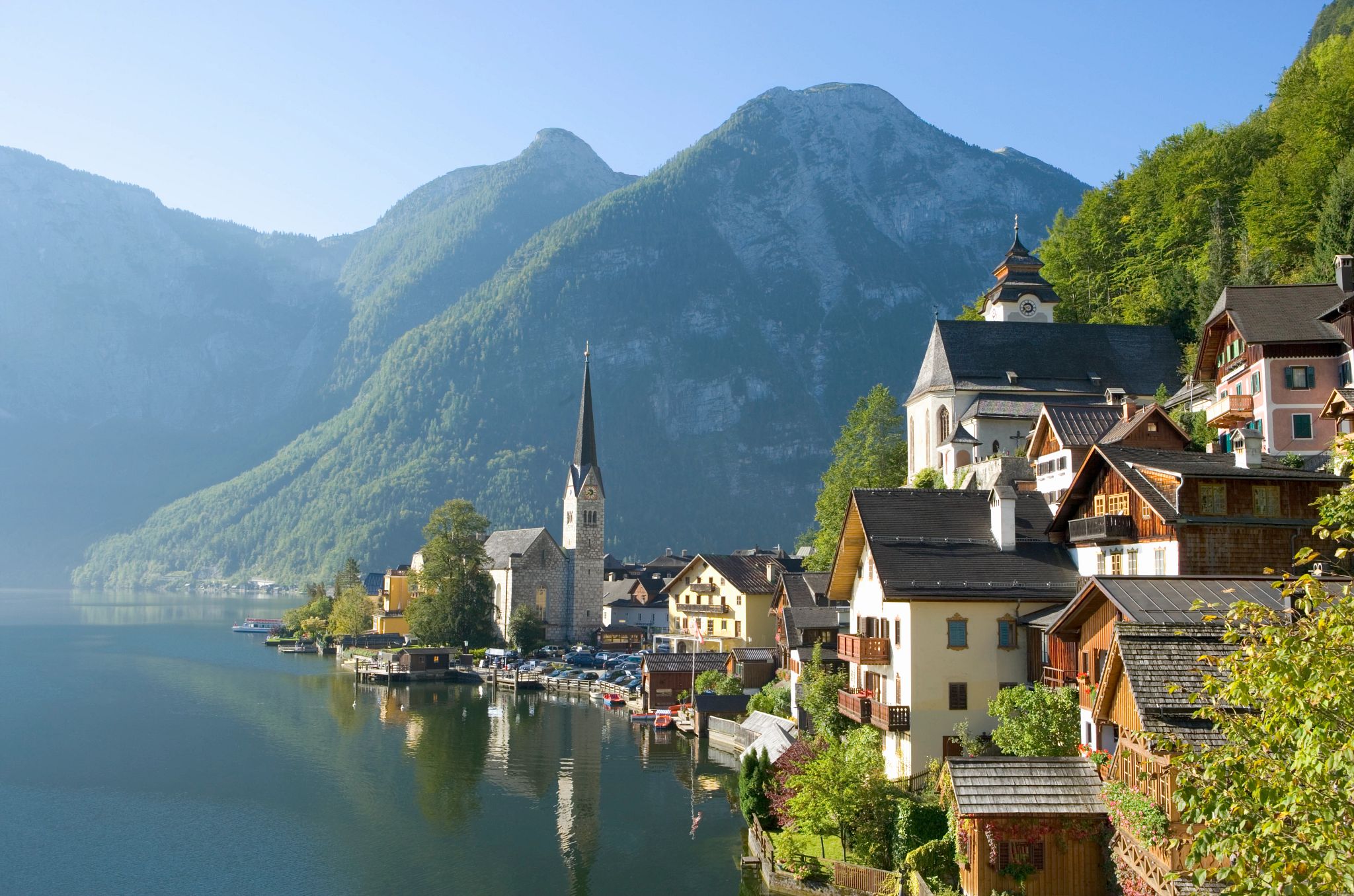


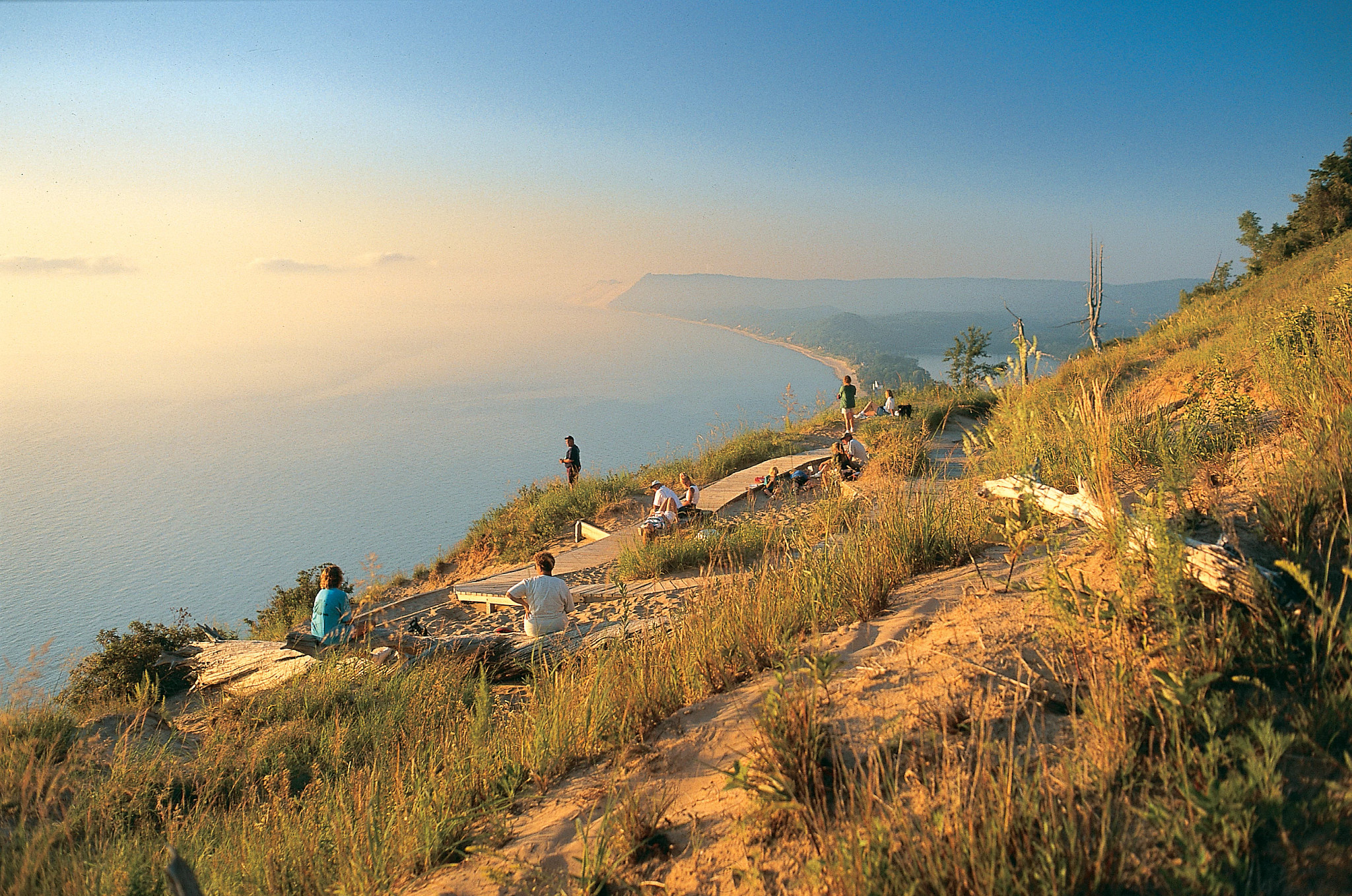.jpg?crop=true&anchor=22,142&q=80&color=ffffffff&u=lywnjt&w=1967&h=1130)

